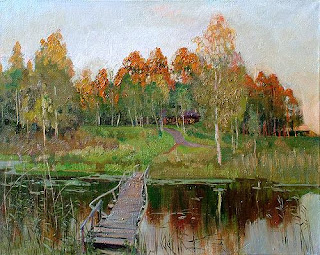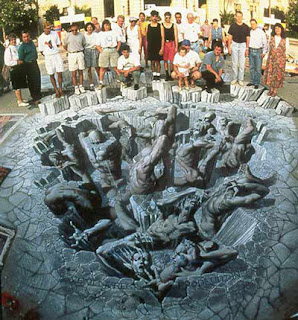So this was my favorite artist from the MCA i just thought i would toss a bunch of her work up because i loved it and for whatever reason the color schemes reminded me of winter, and i thought it might be kind of cool!
I was really interested in Arlene because the method she used to create this series of work. She uses a cast cotton pulp and pigmented linen pulp. i could nto find any information on how exctly she made these, but my guess is that the pulp was wet, and the pigmented linen pulp was used almost like water color. I think this because if you look closey at the work, the color has bled into the white background, much like water color. So i believe it was either wet when she put the color on or she put it on first and then got it wet. Any ideas? Sorry if the picture quality is harsh, it took them all myself!









 884
884